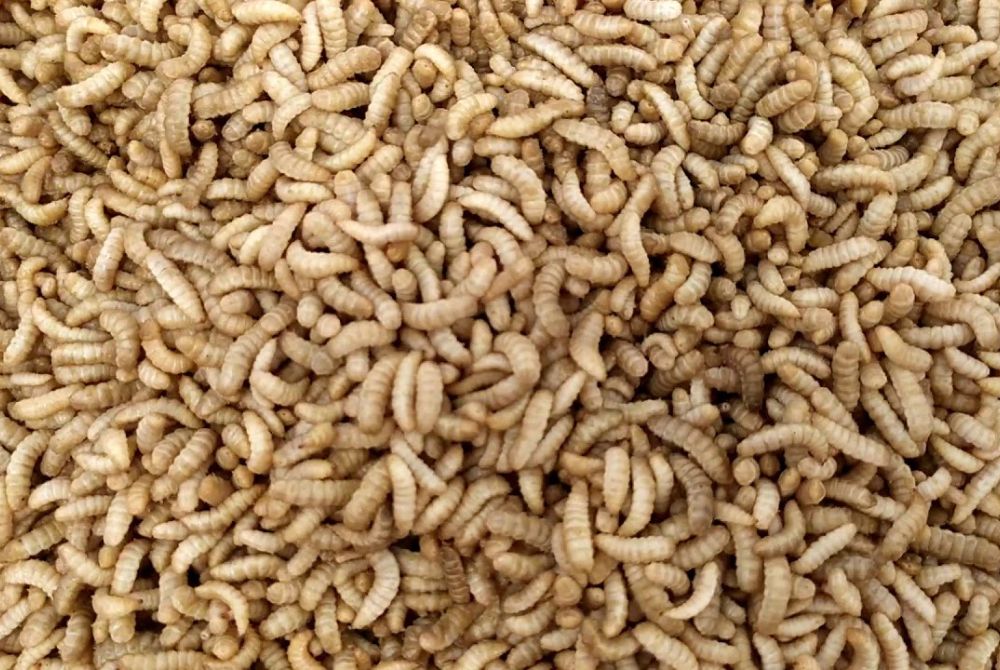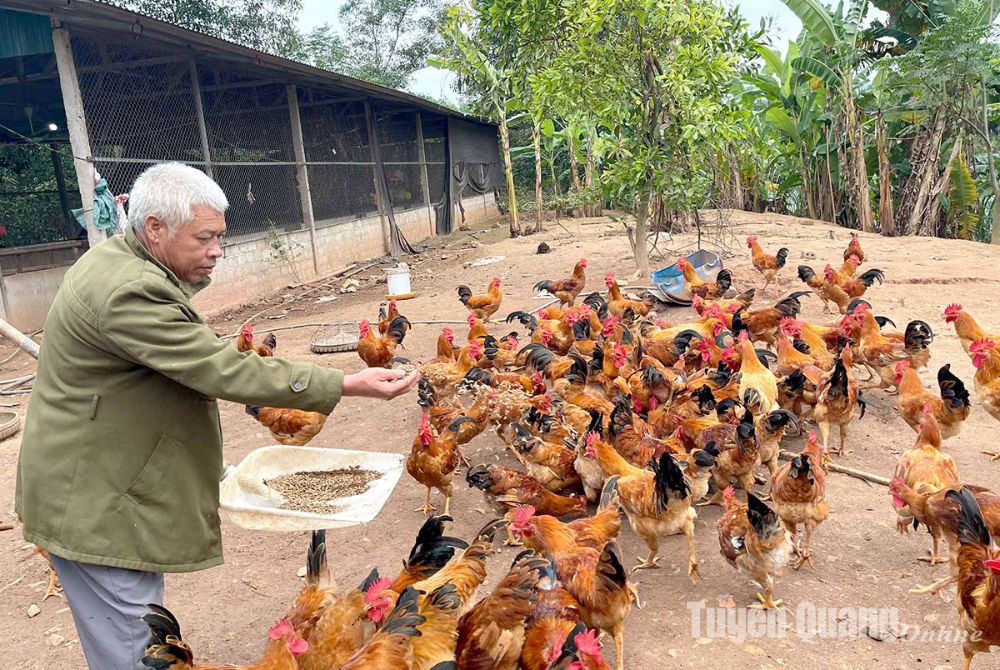Boosting pesticide packaging collection activity in Bac Kan, Viet Nam!
Each pesticide packaging still keeps hazardous waste after use. When discarded, this chemical will spread to the environment and penetrate back into the organism through food, which is why the collection and treatment of pesticide packaging after use must be ensured under the regulations.
Many farmers have the practice of throwing out shells, packaging, and bottles of garbage on the fields, such as the coasts of the watershed where the pills are made, which not only pollutes the environment and water resources but also impacts public health.

Photo: Pesticide packaging was thrown into the water ditch.
Since 2017, the Division of Breeding and Pesticide Chemicals has offered 49 training sessions on a broad understanding of Pesticide Chemicals for 1,400 farmers. People were sensitized and guided through the training class to use chemicals on crops to ensure safety and effectiveness according to the "4 legitimate" principle, to collect pesticide packaging after use as prescribed, and to apply sustainable farming measures such as SRI, IPM, and good agricultural practices (VietGAP). As a result, it saves money, improves the field's bio-balance, and minimizes the quantity of pesticide packing that is unneeded.
According to Circular No. 05/2016/TTLT-BNNPTNT-BTNMT, there must be a container with a shell containing chemicals for every at least 3 hectares of annual crops or 10 hectares of perennial crops employing chemicals. The province's projected yearly planting area necessitates roughly 12,000 pesticide packing after usage. However, the province's actual tank count is 206, which is 1.72% greater than allowed. The quantity of pesticide packing needs to be bigger and more extensive, causing challenges in collection processing. Furthermore, the people's department needs to do better in collecting pesticide packaging after usage; destruction work needs to be done more effectively.

Collect pesticide shells and put them in the tank.
On the other hand, funding sources for propaganda work and the construction of storage tanks for post-use pesticide packaging are still limited. From the environmental budget allocated in 2020, the Department of Crop Production and Plant Protection is building and expected to put into use 26 tanks to store pesticide packaging in Quang Thuan commune, Duong Phong commune, Bach Thong district. At the end of 2020, bringing the total number of storage tanks across the province to 232 tanks.

Tank for storing pesticide packages after use by tea farmers in Nhu Co commune, Cho Moi district
The issue of collecting pesticide packages after use is becoming increasingly urgent. During the implementation process, there are still many difficulties due to large funding sources. Therefore, for the collection of used pesticide packages to be effective, there needs to be close direction from the province to the grassroots, the participation of departments, branches, unions, and the cooperation of the entire commune. Association to build storage tanks to ensure sufficient quantity. In addition, launch a movement where all people actively participate in collecting pesticide packaging and organizing their destruction according to the provisions of the law to bring practical effects, change people's awareness, and contribute to the conservation of pesticides. Protect the environment and community health, and build a new, clean, and beautiful rural environment.
Source: Electronic information of Department of Agriculture and Rural Development of Bac Kan Province













